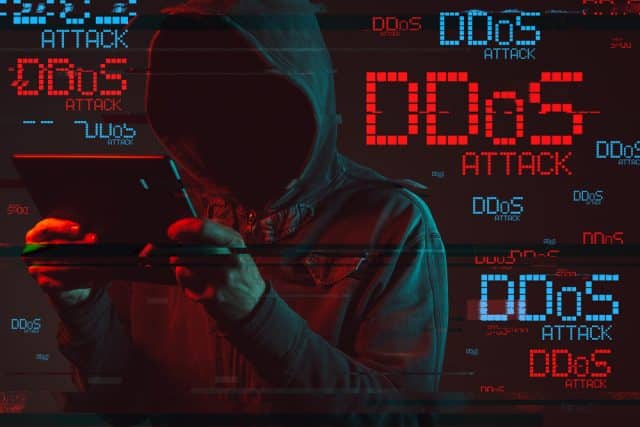DDoS attacks shift from mobile to computers

Computers and servers made up 92 percent of DDoS targets in 2013, compared to just eight percent for mobile devices. The split the previous year was 32 percent computers and 68 percent mobile. At the same time the DDoS attack count decreased 55 percent in 2023, but the average attack size grew 233 percent.
The latest DDoS trends report from Nexusguard also finds that shorter attacks lasting 90 minutes increased by 22 percent and made up 81 percent of all DDoS attacks.
"The modus operandi of cyber criminals is to cause maximum disruption with minimal effort," says Nexusguard product director Donny Chong. "Modern cybersecurity tools have become so advanced, it's compelling bad actors to look for attack opportunities where the shortest disruption wreaks the most havoc. This is likely why we're seeing more high-profile DDoS attacks on governments and the public sector, where even brief interruptions can have big consequences."
Application attacks have seen a shift towards Windows devices, these comprised 87 percent of all DDoS targets in 2023 compared to just 15 percent the previous year. DNS Amplification have seen the most significant rise, representing 14 percent of 2023 attacks, up from just two percent in 2022. This sharp spike and its potential to create large-scale disruption highlight a significant vulnerability in global internet infrastructure.
"Several reasons could explain this extreme shift in device targets," Chong adds. "New vulnerabilities discovered in Windows OS, or more sophisticated malware, may have made it easier to compromise these systems. Botnets are also evolving, so attackers might be looking to exploit more powerful computing resources provided by computers and servers for more effective attacks. Regardless, no system is infallible. Real-world examples of DDoS attacks in 2023, like the exploitation of Microsoft Exchange server vulnerabilities and the rise of ransom DDoS attacks, serve as stark reminders of these attacks’ tangible impact."
Single-vector attacks now make up 93 percent of DDoS attacks, highlighting bad actors' move to simpler-to-execute techniques that require fewer resources and less expertise. These attacks disrupt operations and services effectively, blend more easily with legitimate traffic.
The full report is available from the Nexusguard site.
Image credit: stevanovcigor/depositphotos.com
